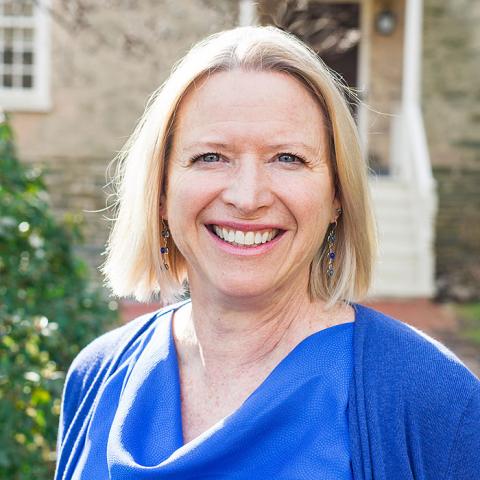Economics Spotlighted Student: Lauren Arakelian '23
Details
In her senior thesis, Lauren uses data from the University of Michigan Law School Alumni Survey Research Dataset to study the career outcomes of lawyers in the 1972-2014 graduating classes of the University of Michigan Law School.
Lauren Arakelian ’23 was set on attending a small liberal arts college, but location was up in the air. Venturing beyond her Modesto, California home, she visited colleges up and down the East Coast. She kept thinking back to one particular tour, Haverford College. What stood out were the friendly people, the sense of community, and the Honor Code.
During her first year at Haverford, she explored many disciplines and landed on Professor Preston’s Intensive Introduction to Economics (ECONH104). In that class, she learned about the foundations of economics and various applications of economic concepts. She enjoyed the course and felt that economics bridged her interests in mathematics and the social sciences.
As a junior, she worked as a learning community leader for Professor Preston’s Econ 104 class, helping students with their problem sets and encouraging a collaborative working environment. She now works in the EQC as a Teaching Assistant for Professor Preston’s Introduction to Economics class (ECONH105). She really enjoys helping the students understand the course material and work through problems.
Lauren took Professor Kontorovich’s Law and Economics class, which sparked her interest in litigation consulting. This led her to accept a summer internship at FTI Consulting’s Dispute Advisory practice in Dallas, TX. During the internship, she worked in small teams to provide advisory support for various intellectual property litigation cases. Lauren also enjoyed Professor Lambie-Hanson’s Urban Economics class, which emphasized how one can make a difference with the application of economics.
In her senior thesis, Lauren uses data from the University of Michigan Law School Alumni Survey Research Dataset (ASRD) to study the career outcomes of lawyers in the 1972-2014 graduating classes of the University of Michigan Law School. She extends the analysis of Wood et al.’s (1993) Pay Differences among the Highly Paid: The Male-Female Earnings Gap in Lawyers' Salaries, which uses the ASRD to document the gender earnings gap among the 1972-75 graduating classes of the University of Michigan Law School 15 years after law school graduation. Lauren looks at the gender gap in earnings and labor supply at two points over the career life cycle of law school graduates (5 and 15 years after law school graduation). Given the influx of women into the legal profession and various social and political efforts to promote equal opportunities and pay, there is reason to believe that the gender earning gap among lawyers has closed over time. Therefore, she also asks the question: Do more recent female graduates do better relative to male graduates?
Lauren has accepted a full-time position as a consultant at FTI Consulting’s Dallas office. Congratulations Lauren!




